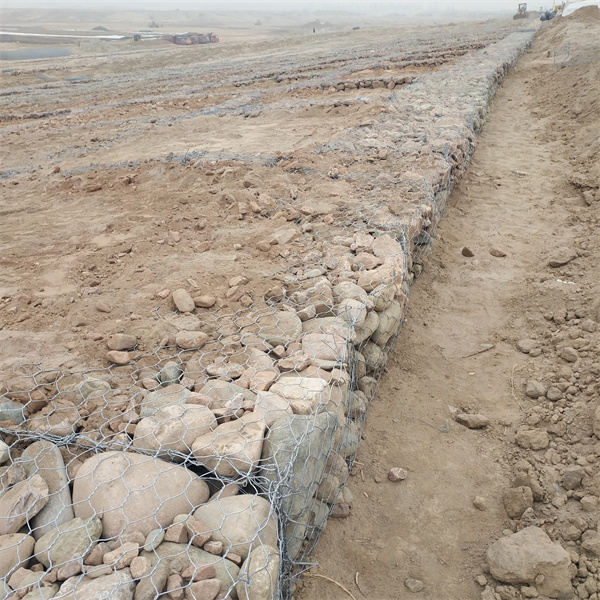nov. . 16, 2024 23:40 Back to list
gabion wall lifespan
The Lifespan of Gabion Walls Understanding Durability and Maintenance
Gabion walls have gained popularity in civil engineering and landscaping due to their unique design, functionality, and ecological benefits. These structures, made of wire mesh cages filled with rocks or other materials, serve various purposes, such as retaining soil, preventing erosion, and enhancing aesthetic appeal in outdoor spaces. However, one crucial aspect that both engineers and builders must consider is the lifespan of gabion walls and the factors that influence their durability.
Material Composition and Quality
The lifespan of a gabion wall largely depends on the materials used in its construction. The wire mesh, typically made from galvanized steel or PVC-coated steel, plays a significant role in determining the wall's durability. Galvanization offers a layer of protection against rust and corrosion, extending the lifespan of the structure. Quality materials should be chosen for the stones as well; heavier, more robust rocks like granite or limestone are preferable, as they can better withstand weathering and environmental pressures compared to lighter, more porous stones.
Environmental Factors
Various environmental conditions can significantly affect the lifespan of gabion walls. For example, areas with heavy rainfall, flooding, or extreme temperature fluctuations may present challenges. Prolonged exposure to moisture can lead to corrosion of the wire mesh, while freezing and thawing cycles can cause rock shifting, compromising the wall's integrity. Builders must assess local climatic conditions and may consider additional reinforcements, such as drainage systems, to mitigate potential water-related damage.
Construction Techniques
gabion wall lifespan

The way gabion walls are constructed also influences their lifespan. Properly stacking and filling the cages is critical for stability and endurance. When stones are appropriately placed, the structure can effectively distribute loads and resist lateral pressure. Poor construction techniques, such as uneven filling or inadequate compacting, can lead to premature failures, making it crucial to adhere to best practices during installation.
Maintenance Practices
While gabion walls are designed to be low-maintenance structures, periodic inspections and maintenance can significantly enhance their longevity. Regular checks for damage, rust, and erosion help identify potential issues before they escalate. Over time, some rocks may become loose or dislodged, requiring replacement to maintain the wall's structural integrity. Cleaning the gabions to remove any vegetation or debris that may accumulate is also essential, as this can lead to water retention and subsequent damage.
Lifespan Expectations
Under ideal conditions, gabion walls can have a lifespan of 50 years or more. However, this figure can vary based on the aforementioned factors. For instance, walls exposed to harsh environmental conditions or built with lower-quality materials may only last a couple of decades. Conversely, gabion walls that are constructed with high-quality materials, using proper techniques and maintained adequately, can last well beyond their expected lifespan.
Conclusion
In summary, the lifespan of gabion walls is influenced by various factors including material selection, environmental conditions, construction techniques, and maintenance practices. By understanding these elements, engineers and builders can create more durable structures that serve their intended purposes effectively over time. With proper planning, quality materials, and routine maintenance, gabion walls can be a reliable and long-lasting solution for erosion control and aesthetic enhancement in various landscapes. As the demand for sustainable and eco-friendly construction solutions grows, gabion walls will undoubtedly remain a relevant choice for many projects in the future.
-
Visualizing Gabion 3D Integration in Urban Landscapes with Rendering
NewsJul.23,2025
-
The Design and Sustainability of Gabion Wire Mesh Panels
NewsJul.23,2025
-
The Acoustic Performance of Gabion Sound Barriers in Urban Environments
NewsJul.23,2025
-
Mastering the Installation of Galvanized Gabion Structures
NewsJul.23,2025
-
Gabion Boxes: Pioneering Sustainable Infrastructure Across the Globe
NewsJul.23,2025
-
Custom PVC Coated Gabion Boxes for Aesthetic Excellence
NewsJul.23,2025
-
Installation Tips for Gabion Wire Baskets in Erosion Control Projects
NewsJul.21,2025






